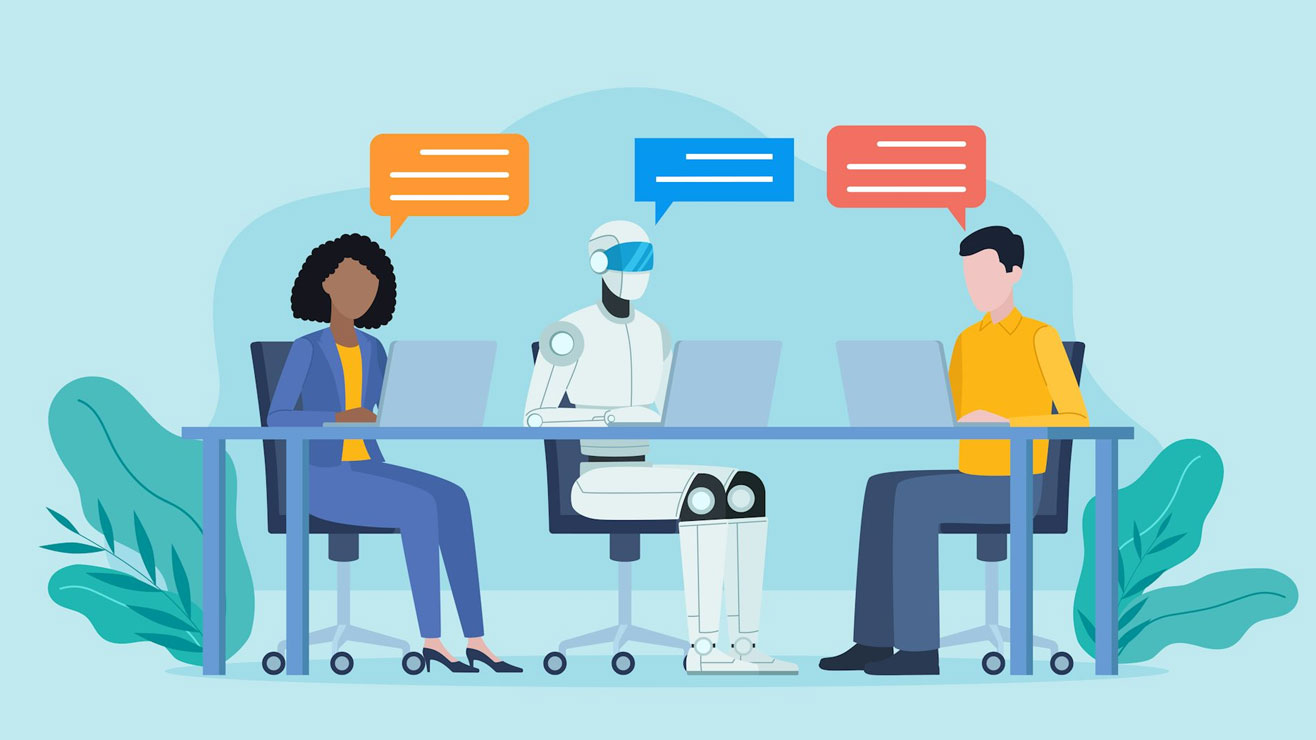Why Do We Hiccup?

For adults, hiccups are just a nuisance. But they may help babies learn to breathe.

You might find yourself hiccuping after a holiday meal or a glass of wine — or sometimes just out of the blue. But is there a purpose to these repeated "hics"?
Exactly why humans hiccup is a mystery, but scientists do have one intriguing theory — hiccupping may help a fetus in utero learn to breathe. Later in life, hiccupping is a vestige of that early respiratory training.
In other words, hiccups are essentially useless in adults, said Dr. Peter Kahrilas, a professor of gastroenterology and hepatology at Northwestern University’s Feinberg School of Medicine in Chicago.
Hiccups are a reflex, analogous to the jerk reflex produced when a doctor hits your knee with a hammer. When the reflex is triggered, most often by stimulation to the esophagus or stomach, the brainstem sends signals to the diaphragm and other respiratory muscles, causing them to involuntarily contract, which results in a sudden intake of air. Then the epiglottis (a flap of tissue behind the tongue) flips over, as it does during swallowing, covering the airway and causing the hiccup's characteristic sound.
Related: 11 Surprising Facts About the Respiratory System
Because hiccupping closes the airway, it has no respiratory function, nor other obvious use in adults, Kahrilas said. Unlike, say, the gag reflex, which prevents choking, the reflex to hiccup doesn't protect the airway or throat. "It serves no function whatever," said Kahrilas of the hiccup reflex in adults. "In essence, what you're doing is you're, stimulating inspiration, but then you're preventing inspiration. And then it happens repetitively, which is what we all know about the hiccups," Kahrilas added.
However, the situation is different in utero and in newborns. In utero, the fetus gets oxygen through the placenta, but as soon as the baby is born, his or her life depends on being able to breathe, Kahrilas explained. "You have to have a breathing apparatus that is already trained," he said. Kahrilas suggests that hiccups, which begin in utero, provide that training by repetitively causing the breathing muscles to contract. "It's almost like an isometric exercise … you're trying to inhale, but then you're closing the [airway], so that it makes it harder to inhale," Kahrilas said.
Get the world’s most fascinating discoveries delivered straight to your inbox.
It's an exercise that fetuses in utero and neonates do a lot. Preterm infants spend an estimated 1% of their time (about 14 minutes per day) hiccupping, according to a recent study in Clinical Neurophysiology that examined the brain activity associated with hiccupping in preemies. Researchers have recorded hiccupping in the womb as early as nine weeks into gestation, said Lorenzo Fabrizi, a senior research fellow in the department of neuroscience, physiology and pharmacology at University College London, who led the study.
Fabrizi and his colleagues monitored 217 preterm and full-term newborns (preterm babies are born before 37 weeks of pregnancy and full-term babies are born after 39 weeks) for hiccupping while also recording the babies' brain activity (through EEG recordings) for about an hour. During that time, the researchers observed 13 infants undergoing a bout of hiccups noting that the hiccups stimulated three different types of brainwaves in the cortexes of the neonates, Fabrizi said.
Previous studies of both animal models and humans, have found that involuntary muscle contractions in utero send signals to the cortex, Fabrizi said. Researchers have proposed that this process teaches the brain where these body parts are so that it can later control them at will, Fabrizi said, and he thinks something similar may be going on with hiccups in newborns.
"We know that involuntary muscle contraction, in animal studies, allows the brain to form a 'body map'. So, extrapolating this information, then, a potential explanation of what the diaphragm contraction does is to allow the brain to form a map of the respiratory apparatus so that it can be controlled later on," Fabrizi said.
Human breathing is involuntary most of the time, and depends on signals from the brainstem to the respiratory muscles; but we can also choose to breathe (for instance, when the doctor tells us to "take a deep breath"). It's the ability to control breathing that babies may learn through hiccupping, Fabrizi said. Whether the cortical area stimulated by hiccups is involved in breathing at will is not yet known, he added.
Regardless of the initial function of hiccups, it seems to researchers that hiccups have no use after the neonatal period.
Still, "the neural circuitry for [hiccuping] persists and it's buried in the brainstem, and it can get activated almost coincidentally or accidentally by any number of stimuli," Kahrilas said.
Originally published on Live Science.

Ashley P. Taylor is a writer based in Brooklyn, New York. As a science writer, she focuses on molecular biology and health, though she enjoys learning about experiments of all kinds. Ashley's work has appeared in Live Science, The New York Times blogs, The Scientist, Yale Medicine and PopularMechanics.com. Ashley studied biology at Oberlin College, worked in several labs and earned a master's degree in science journalism from New York University's Science, Health and Environmental Reporting Program.


